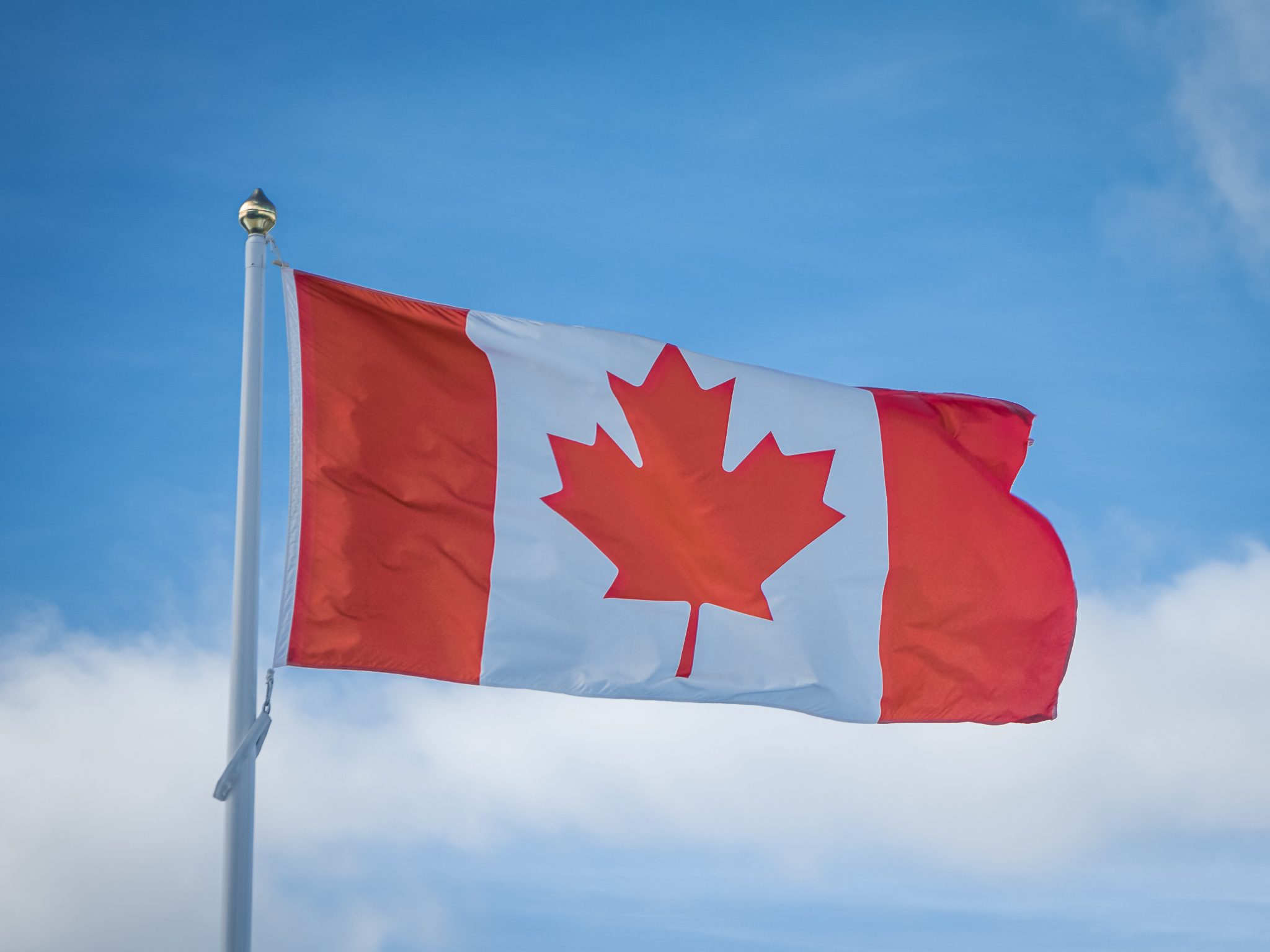Canadian Armed Forces facing recruitment shortage

The Canadian Armed Forces are facing a recruitment crisis that has left thousands of vacant positions unfilled.
The present shortage is, in some ways, nothing new or unexpected. Three factors can help explain how we got here: underfunding, a lack of public awareness and the COVID-19 pandemic.
The first two of these factors have rich historical contexts.
“Canada … aside from a brief period in the early Cold War, has never in peacetime generously funded its armed forces,” Roger Sarty, award-winning historian and professor at Wilfrid Laurier University’s department of history, said.
The same pattern holds true today. Since 2006, NATO defence ministers have expected allied nations to commit a minimum of 2% of their GDP to defence spending. Last year, Canada spent only 1.39% of their GDP on the military. To reach the NATO goal of 2%, Canada would have to increase its military expenditure by about 40%.
Part of the reason that Canada spends less on its military – relative to other rich developed nations – is that the armed forces are usually among the first budgetary items on the chopping block when other expenditures need to be increased.
“Whenever there’s financial difficulties, it’s the armed forces that get cut,” Sarty explained.
In the 1960s and 70s, for instance, when Canada made a strong commitment to national health care and social programs, military expenditure decreased..
“[During this time] the armed forces were gradually cut back by about … 40%,” Sarty said.
“There was a bit of a rebuilding on a modest scale in the late 70s and 80s, then [in] the early 90s we hit a major crisis in government revenue … so in the 90s there’s another round of absolutely dramatic cuts,” Sarty said.
“I was working at the defence headquarters in the 90s, as a civilian not as military, but the defence headquarters was cut by 50% in Ottawa during the 1990s.”
This decision to cut back on spending was justified in part by the fall of the Soviet Bloc; however, new international commitments popped up shortly after.
“Almost as soon as we began cutting in the 90s, there was huge international commitments: the Pacific Persian Gulf War, civil war in the former Yugoslavia, and on and on it went … a relentless base of commitments that has just carried on, and for the last, Afghanistan in the early 2000s,” Sarty explained.
“ [Afghanistan] was a huge commitment and it nearly exhausted the armed forces.”
Funding was increased for Canada’s military operations in Afghanistan, but after the armed forces withdrew in 2014 there was, again, a decrease in the military’s budget to make other ends meet.
“So, the Canadian armed forces have always been never fully and robustly sustained … except for a period in the early 1950s when really we had no international choice,” Sarty said.
As for the second factor, a lack of public awareness, Canadians have never had a substantial military tradition except in times of civilization-threatening international crises.
“After the First World War, we disarmed more completely than any other industrialized nation. It’s very striking, but that’s because we’re very very secure,” Sarty said.
“So, there’s never been a real big tradition of military service in Canada. Now, when we’re called upon, we’re absolutely fantastic, like in the First World War … we raised an army of 600,000 and in the Second World War, one in 10 Canadians was in uniform … but that’s only in the crisis of war when we literally saw civilization as we knew it being threatened.”
Otherwise, “there hasn’t been big military awareness in Canada,” Sarty said.
The COVID-19 pandemic has also played a role in the current shortage.
“Many companies and institutions are having a terrible time recruiting people right now for the simple reason that everything was shut down during the pandemic for two years … a lot of the stuff you’re reading about the armed forces sounds exactly like what you’re getting for retail,” Sarty explained.
CTV reported that recruitment was especially lacklustre in the first year of the pandemic. “…Only 2,000 people were enrolled in 2020-21 – less than half of what was needed.”
In 2022, the problem has persisted. According to Brigadier General Krista Brodie of the CAF, the military is only receiving about half the number of applicants per month that they need to meet their goal for this calendar year.

